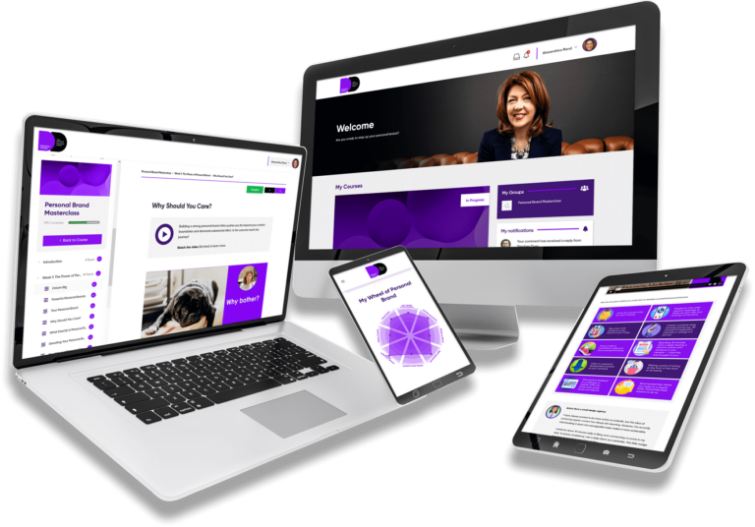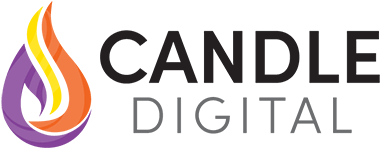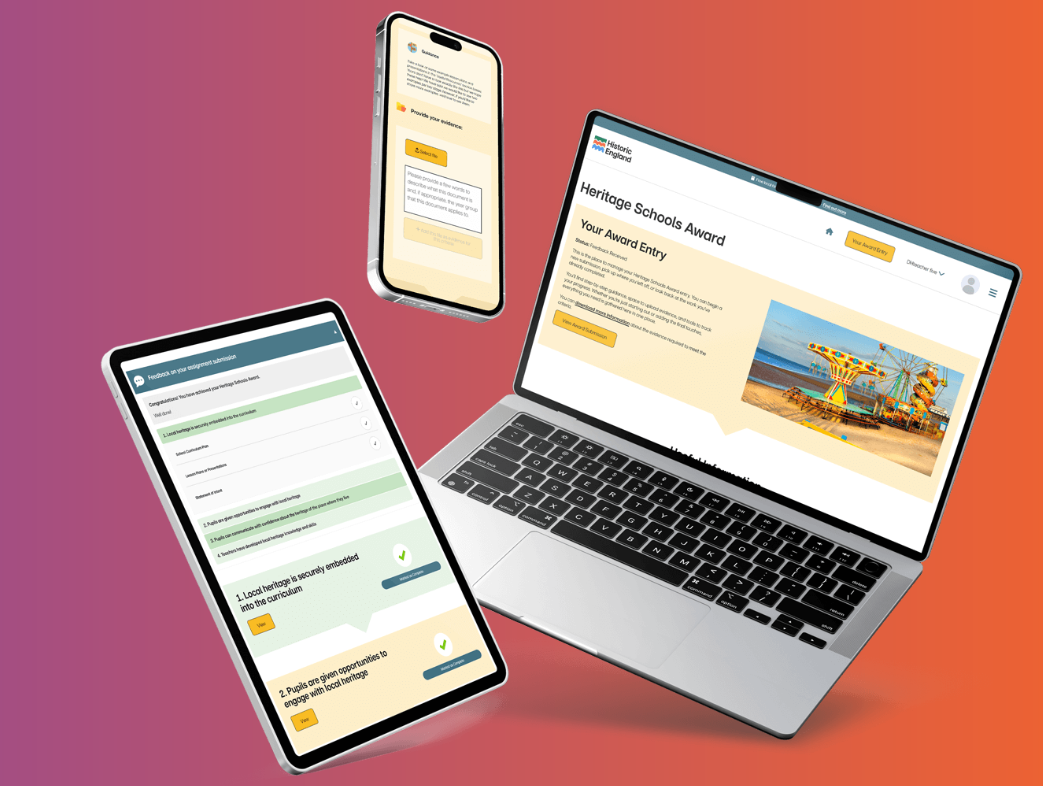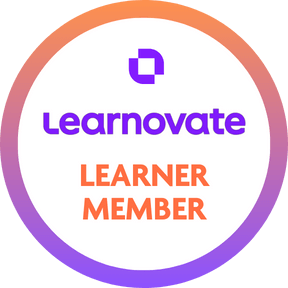Using the 10/80/10 framework to design great learning experiences

We recently stumbled across Dr Philippa Hardman’s concept of a Minimal Viable Content framework.
In it, she recognises that many (and ultimately low-impact) online courses focus far too often on the delivery of content, rather than instigating and supporting activity. And if you’re in the business of transforming skills, behaviours and habits – then providing authentic practice opportunities for learners to apply their skills is what get results.
She rightly argues then many course creators and instructional designers have become hooked on creating content because:
- It’s what we were subjected to ourselves in our own educational experience
- Many of the tools we have at our disposal are oriented around multimedia creation (because of #1)
We’ve always had a sense that effective learning interventions should be experience-led (rather than content-led), so it’s great to see a framework which encapsulates this.
So what is the 10/80/10 rule?
Hardman’s Minimal Viable Content framework splits learning design into 3 parts – content, activity and feedback.
As many learners have experienced, a typical online learning course splits these parts like this:
- 80% content
- 10% activity
- 10% feedback
Instead, Hardman argues it should be:
- 10% content
- 80% activity
- 10% feedback
One of our most recent client projects resembles this model very closely. Perhaps unsurprisingly, it is one of our most successful client projects to date.
Jake Adams’ R3VT Academy helps new apprentices acquire the skills, knowledge and confidence to create projects in a particular piece of technical architectural design software – namely Revit.
Through our Discovery Workshop process, we identified that – naturally – learning how to confidently use Revit was one of the key outcomes his programme should provide. However, we also recognised that apprentices needed to help developing broader skills to make them more successful in the workplace as a whole.
This included factors such as:
- Being able to identify other stakeholders in the project and communicate effectively with them
- Manage client deadlines and workload
- Accommodating and challenging change requests
- Effectively marking up documents to make the workflow more efficient
As a result, the premise of the R3VT Accelerator became very clear. Over a 12-week structured programme, apprentices will become confident in using the Revit programme in their workplace and will be actively contributing to Revit-focussed projects.
We baked in several different elements in the design of the programme to deliver these outcomes. As we align these to Hardman’s 10/80/10 split, we can see how this results in a successful learning experience.
10% content

As an expert in Revit, Jake created a series of walkthrough videos. These demonstrate how to achieve specific tasks in the software.
These start with the basics and increase in complexity as the learner’s skills develop. Participants are encouraged to follow along and do the tasks themselves while watching these. Throughout the walkthroughs, Jake’s highlights any potential challenges and quirks a user may come across. He also taps into his extensive experience to provide insights on how to make the most of the software.
80% activity
At each stage of the programme, participants are challenged to complete a task. In the early stages, this can be as little as creating a basic plan, but increase in complexity significantly towards the end of the twelve weeks. We even designed last-minute curveballs into the challenges to reflect real situations a Revit practitioner is likely to find themselves confronted with.
These challenges are submitted to a course tutor through Jake’s bespoke learning platform (using LearnDash and Assignments Pro to deliver this). Participants receive individual feedback in the form of written and audio feedback and annotated notes directly from Jake.
Learners are given specific deadlines to submit these. This helps with accountability, whilst ensuring operationally the course tutor has enough time to review, digest and feedback on all submissions.
In recognition of the wider skills development we needed to provide, these projects go beyond simply Revit-related tasks. Participants are challenged to speak to members of their workplace to gauge opinions on key topics and find out what they need in their work to be more effective. This helps them build connections and bonds, all under the guise of ‘doing a course’.
To complement the challenges, Jake holds a group video call every two weeks with the cohort as a whole. In these calls, participants discuss the previous challenge, learn about the forthcoming challenge and have the opportunity to ask questions to an expert on anything Revit-related.
This helps provide some social accountability (as no one wants to be the one who hasn’t prepared…) but also helps form important bonds across the group. In a recent pilot programme, participants were from a diverse range of organizations, so having the opportunity to share their stories and the context of their work only helps to broaden the outlook and understanding of all participants.
10% feedback
The R3vt accelerator provides lots of feedback opportunities. Learners receive personalised feedback on their challenge submissions from Jake.
Having assessed and reviewed all challenge submissions, Jake provides feedback to the group as a whole on the group calls, highlighting great examples. This review process is also great feedback for Jake too as the course tutor to refine the programme for the cohort as it progresses as well as future iterations.
In future cohorts, we’re looking at introducing peer-to-peer feedback too to help students develop skills around giving feedback too (another vital skill in an architectural practice).
So, why does the 10/80/10 model work for the R3VT Academy?
Motivation
Setting specific challenges and having regular group calls brings accountability to the programme. Connecting with your peers – rather than simply studying by yourself – gives the opportunity to share and reflect on new ways of working and different contexts, will all add to an enriching learning experience.
Activity-focused
Learners are doing, and not simply consuming. They are using their energy on developing skills, rather than getting burn-out simply trying to cram new information in their brains.
Workplace-ready
Through realistic and authentic experiences, learners acquire skills that can be immediately applied in the workplace. These skills are practised in a safe environment and receive personalised, from a trusted source.
As someone far wiser than us once said “the future of online learning isn’t content-driven, it’s experience-driven”. The research and results demonstrate why.
If you want to create an online course that’ll revolutionise your business and your learners, then get in touch.
Fresh Insights Direct to Your Inbox
Enjoyed this article?
Join the Candle Digital Mailing List
You Have Proven Expertise.
Now Scale It.









